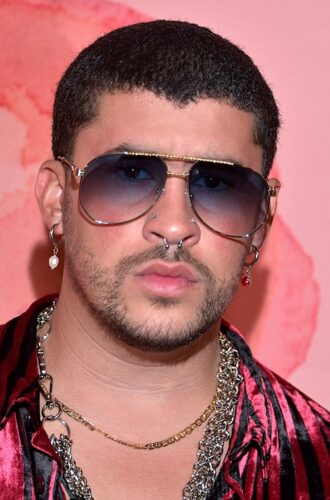
When the NFL announced that Bad Bunny would headline the Super Bowl LX halftime show, it should have been a celebratory moment — a recognition of one of the biggest global stars of the decade. Instead, the decision has become a flashpoint for outrage, culture wars, and political spin.
The backlash feels less about music and more about what Bad Bunny represents. He’s Puerto Rican, he sings primarily in Spanish, and he’s been outspoken about politics. For some critics, this combination was enough to frame his selection as “un-American” — ignoring the fact that Puerto Rico is part of the United States and that the Super Bowl, by design, has always been about showcasing the culture of the moment.
We’ve seen this before. Beyoncé’s 2016 halftime performance drew criticism for its Black Panther-inspired imagery. Shakira and Jennifer Lopez were accused of being “too provocative” in 2020. Even artists like Kendrick Lamar, The Weeknd, and Lady Gaga faced skepticism before ultimately winning audiences over. Every time the NFL chooses an act that reflects America’s cultural diversity, the loudest voices call it a betrayal of tradition.
What’s striking here is how quickly the conversation shifted from music to identity. Critics aren’t debating whether “Tití Me Preguntó” or “Moscow Mule” will sound good in a stadium — they’re arguing about language, immigration, patriotism, and who gets to represent “American culture” on the world’s biggest stage.
Texas Attorney General Ken Paxton suggested the NFL should have gone with a more “patriotic” choice, as if patriotism can’t be expressed in Spanish. Commentators like Megyn Kelly went further, calling Bad Bunny’s selection a “middle finger to MAGA.” Others have leaned on tired culture-war language, accusing the NFL of pushing a “woke agenda.”
It’s not about the music. It’s about ownership of the narrative: who belongs in the American spotlight, and who doesn’t.
Bad Bunny is more than just a reggaeton artist. He’s a cultural force who sells out stadiums worldwide, redefines masculinity in Latin music, and brings Spanish-language songs to the top of global charts. He’s not a niche act; he’s one of the most streamed artists in the world. His presence at the Super Bowl isn’t fringe — it’s reflective of where music, demographics, and culture are already headed.
By choosing him, the NFL isn’t just chasing popularity; it’s making a statement about the future of its audience. The league has struggled with declining viewership among younger fans. Featuring Bad Bunny is a way to bridge that gap, even if it risks alienating some of its older, more conservative base.
This backlash says less about Bad Bunny and more about us. It shows how something as simple as a halftime performance can become a referendum on identity and belonging. It forces the question: is the Super Bowl halftime show meant to comfort tradition, or reflect the evolving reality of American culture?
If history is any guide, the critics will be loud in the run-up, but when the lights go down and the performance starts, millions will be dancing along. Just as with Beyoncé, Shakira, and countless others, the music will outlast the noise.
Bad Bunny’s halftime show won’t just be a performance — it’ll be a cultural marker. And perhaps that’s exactly why it matters.